All insects are not bugs, but all bugs are insects. There are over twenty groups of insects, and the true bugs make up only one of these groups. Bugs' wings are thick at the base near the body but thin and delicate at the ends. There may be a diamond-shaped pattern on the thorax. These are the easiest things to look for in telling bugs from all the other insects.
source
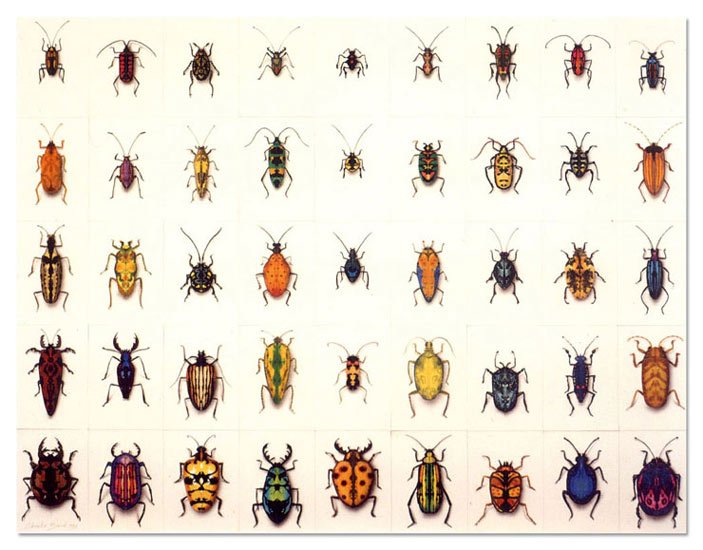
Bugs range in size from a fraction of an inch to four inches. They have sucking mouth parts with sharp beaks. They have a pair of compound eyes and often two simple eyes. They develop gradually from egg to nymph to adult. This is called incomplete metamorphosis. Bugs live on land, in the water, or on plants and other animals. They can make sounds by rubbing their legs and wings against other parts of their bodies.
The aquatic bugs live in ponds and streams, while a few are marine. They are predaceous, which means they attack other insects, snails, and small fish. The water striders take advantage of the surface tension of the water to keep them afloat. They travel at a remarkable pace. The back-swimmers do just that -- swim on their back, but they can also fly. Their backs resemble the bottom of a boat, and their third pair of legs serves as paddles. The water boatmen swim about in a crazy fashion. They eat algae and diatoms. In turn, the Mexican Indians eat them. The giant waterbugs are so large that they will readily attack frogs, salamanders, and fish four times larger than themselves. Their bites may cause rather painful swelling. They are called electric-light bugs since they are attracted to light. They hibernate in the adult stage.
Water Strider
source

Backswimmer
source
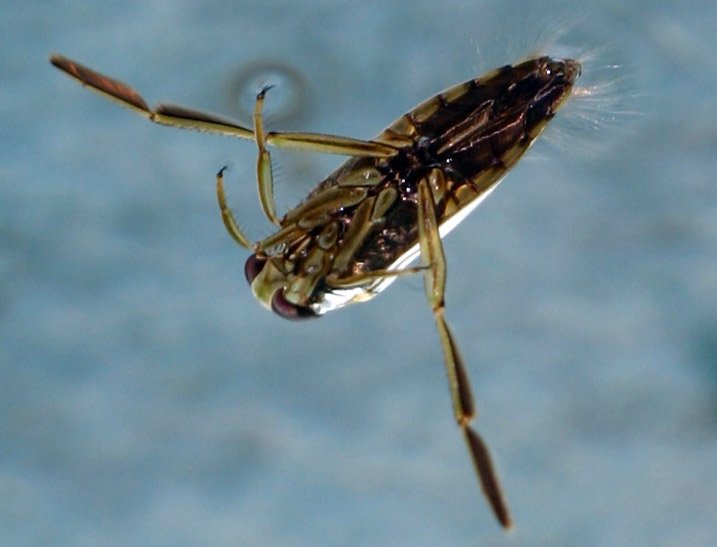
Water Boatman
source

Giant Water Bug
source

The stinkbugs have two glands on the thorax which give off an unpleasant odor. However, birds are not bothered by this and do not hesitate to consume stink bugs in great quantities. These bugs are green or brown. They suck plant juices and are destructive to garden crops. The harlequin (meaning "clown") is a gaily colored bug that is a pest because it destroys garden plants such as radishes, turnips, and cabbage.
Stink Bug
source
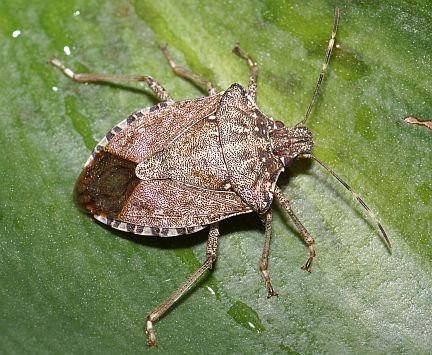
Green Stink Bug
source
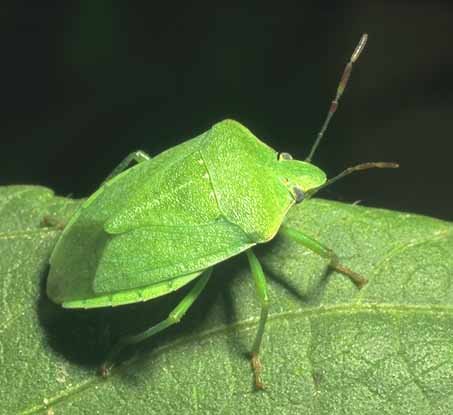
Harlequin Bug
source
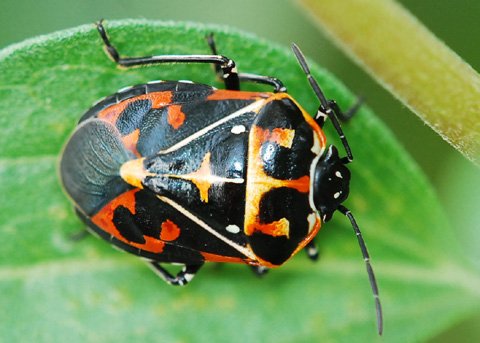
Bedbugs feed on birds and mammals. They are nocturnal, sneaking out of crevices and attacking their prey at night. The eggs of these bugs take two months to develop into adults. Since a pair of bedbugs may have three or four generations a year, they continue to be pests.
Bedbug
source
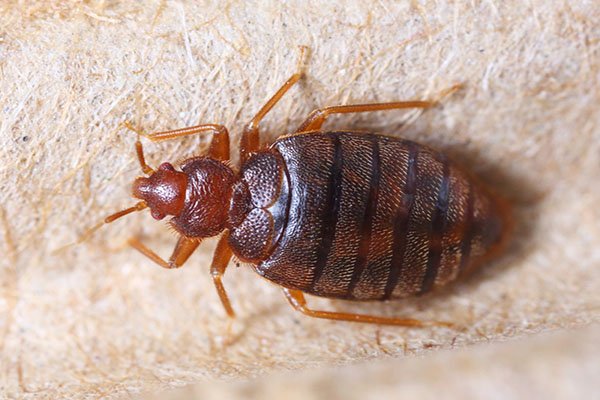
Chinch bugscame to America from the tropics. Since their natural enemies were left behind, they have become pests. In grain fields they destroy millions of dollars worth of grain annually. Nymphs are red, and adults gray and brown. The female lays 500 eggs two or three times a year.
Chinchbug
source

Squash bugs have a strong odor. They feed on melons, gourds, and pumpkins. Ambush bugs are known for their bizarre forms and feeding habits. They jump from their hiding places and grab their victims with mouthparts that tear and suck.
Squash Bug
source
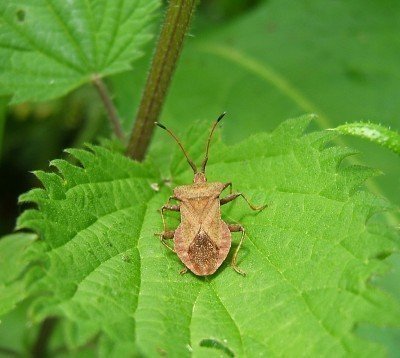
Ambush Bug
source
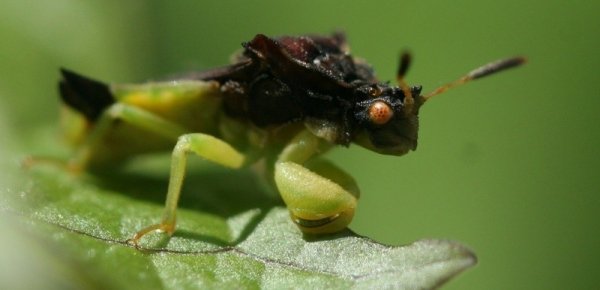
Aphids and cicadas are sometimes placed in a suborder with the true bugs. Other taxonomists raise this suborder to the rank of an order (Homoptera) .
Aphids
source
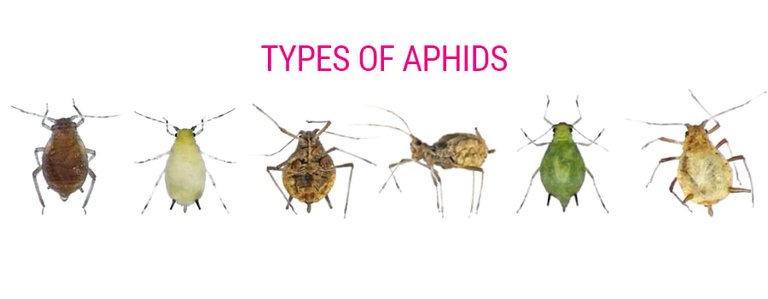
Cicadas
source
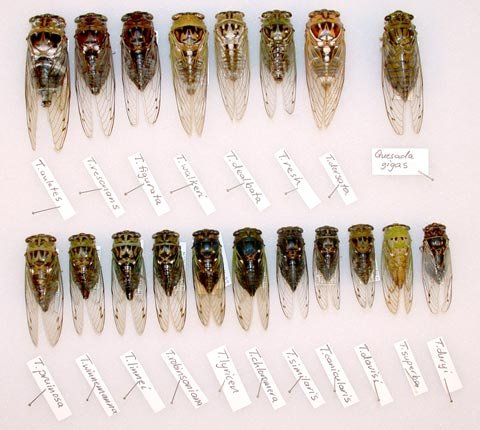
One species of cicadas takes seventeen years to complete the life cycle. In spring and early summer, the female bores holes in the barks of trees and lays eggs. In six weeks the nymph hatches, drops to the ground, and burrows in. It feeds on the juices of roots and finally appears as an adult seventeen years later. Aphids ( plant lice ) and scale insects are a large group of wingless bugs. They attack many plants, especially the citrus and other fruit trees.
There are 55,000 species of true bugs. Not everything that crawls is a "bug." The ladybug, June bug, and lightning bug, for example, are BEETLES and not true bugs.
Ladybug
source
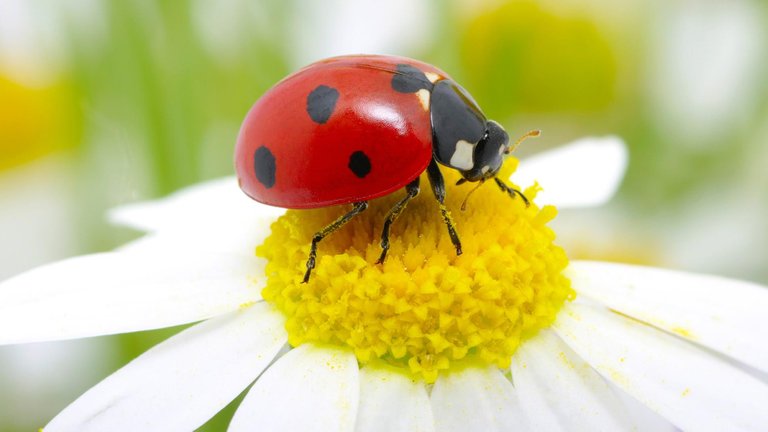
June Bug
source
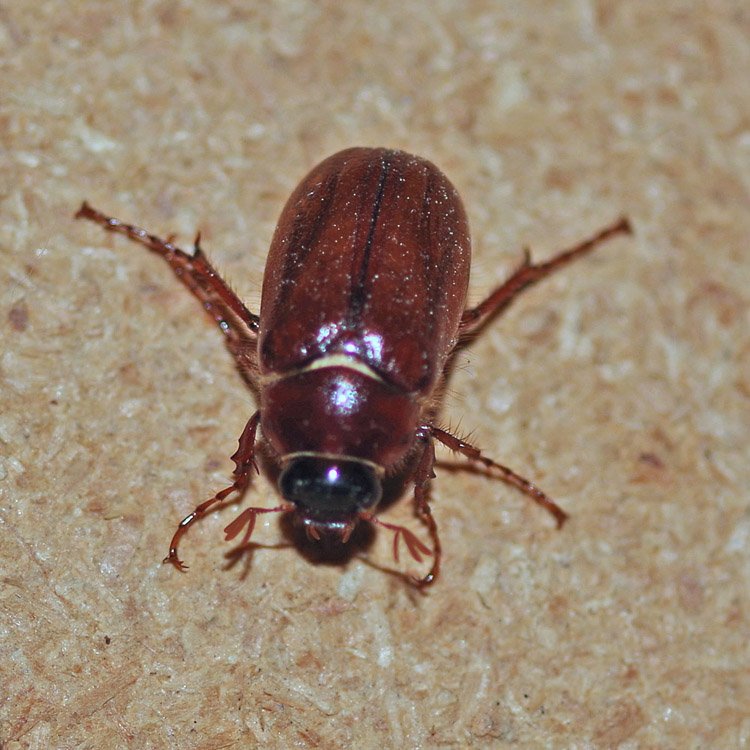
Lightning Bug
source
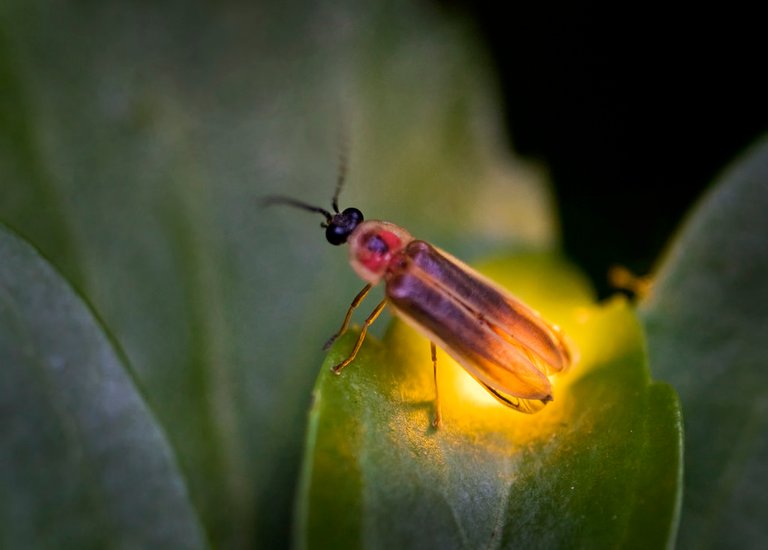

https://www.whatsthatbug.com/ https://en.wikipedia.org/wiki/Hemiptera https://askabiologist.asu.edu/true-bug-anatomy https://australianmuseum.net.au/what-are-the-differences-between-bugs-and-beetles
-Steemit Digest
Nice post .
This reminds me of the price of Bitcoin. Down and then a big hike...heheh

lol yeah! :-) and the price of Ripple is a stinkbug
wow
what is this??
@originalworks
To call @OriginalWorks, simply reply to any post with @originalworks or !originalworks in your message!
Nice work Colleague :)
Thank you! :-)
hi
Peace, Abundance, and Liberty Network (PALnet) Discord Channel. It's a completely public and open space to all members of the Steemit community who voluntarily choose to be there.Congratulations! This post has been upvoted from the communal account, @minnowsupport, by olivercuico from the Minnow Support Project. It's a witness project run by aggroed, ausbitbank, teamsteem, theprophet0, someguy123, neoxian, followbtcnews/crimsonclad, and netuoso. The goal is to help Steemit grow by supporting Minnows and creating a social network. Please find us in the
Curious?
introduction post
introduction post
Check out the great posts I already resteemed.Resteemed by @resteembot! Good Luck! The @resteembot's The @reblogger's Get more from @resteembot with the #resteembotsentme initiative
So is this the result of shared learning on steemit, or your own personal thing?
This is my own thing this time. I also curate and feature someone else's posts by making a virtual magazine (the Steemit Digest Issue) as seen in my past posts. Oh maybe i will continue doing that when i have much time.
Thanks for reading my post. :-)